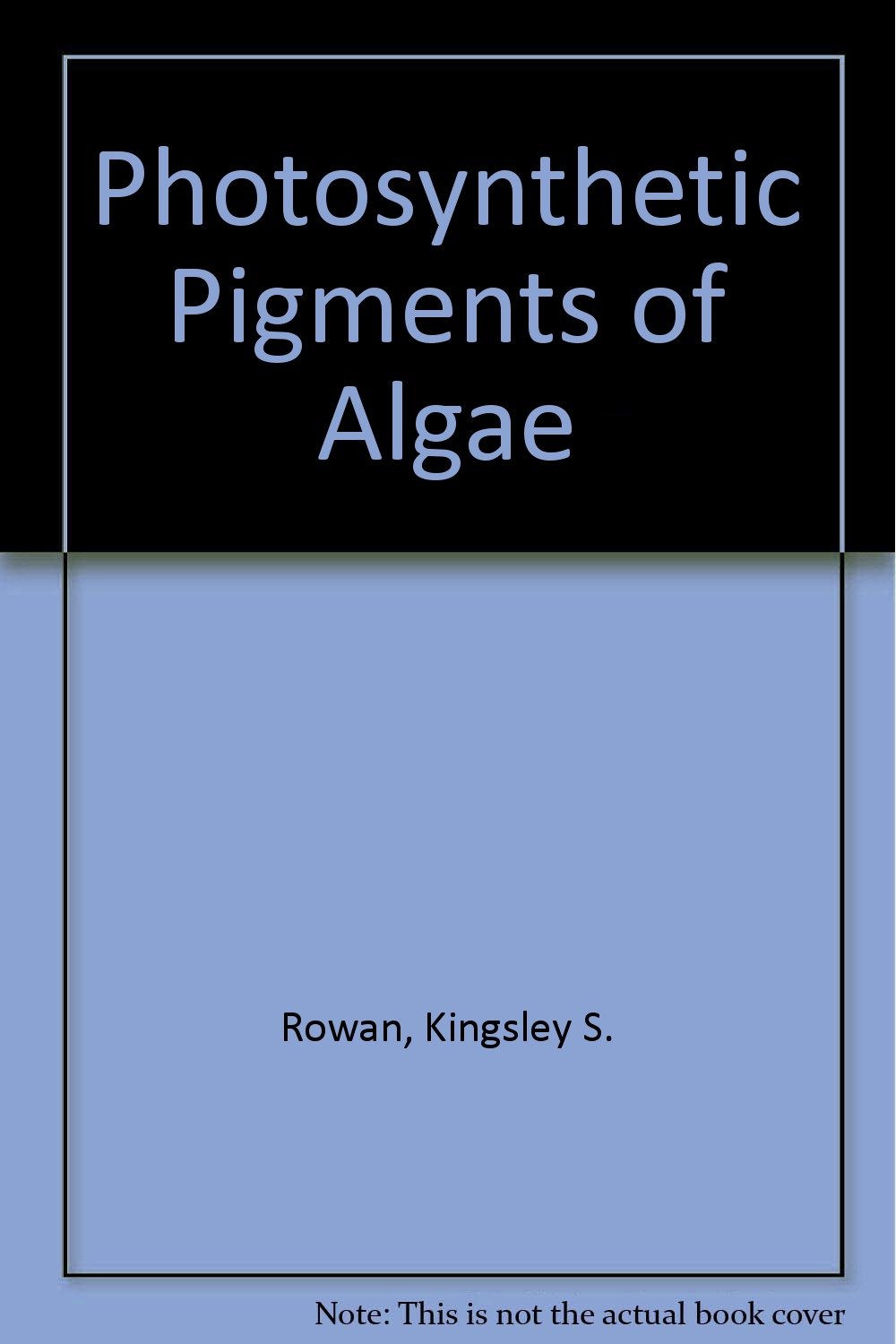

 |

|

The average rating for Photosynthetic pigments of algae based on 2 reviews is 3 stars.
Review # 1 was written on 2013-07-23 00:00:00 David Fistein David FisteinInteresting, but difficult book about evolution. |
Review # 2 was written on 2007-10-20 00:00:00 Carrie Funston Carrie FunstonFar too technical a read to say I enjoyed it as such, and being that it is top-heavy with science and math this wasn't strictly a sit-down-and-read book. I admit to skimming a lot of the material, but that's okay I was far more interested in Wagner's topic than I was getting into the gritty details. As per the title, we're dealing with robustness and evolvability in living systems; that is, how living organisms resist and adapt to change over time. Life has come up with a staggering range of robust systems thanks to its organization and the fine-tuning processes of natural selection, and Wagner goes through them step by step starting from the genetic code, genes and gene networks, RNA transcription and protein synthesis, cellular metabolism, and on up to phenotypic organization (the structure of the realized organism). The argument here centers on resistance to perturbations within an organism that happen by way of natural mutations. Wagner argues that, while it would be interesting to discuss how organisms resist change to the environment, it would make the task far more complicated, and in any case he conjectures that robustness to genetic mutation may be more or less synonymous with resistance to environmental perturbations. It's easy to forget just how complex biological organisms really are, and these early chapters were a good reminder. Wagner points out how, despite the seemingly chaotic nature of life, organisms are surprisingly resilient in the face of changes that you'd expect to cripple them; removing genes and proteins can result in surprisingly little loss of "fitness" in the whole organism. The rest of the book expands on Wagner's conceptual framework for understanding how this robustness arises and how life seems to gravitate towards it. He uses the metaphor of the neutral space, which is a location of disparate, but functionally equivalent, solutions to the problems facing living beings. The neutral space is a topological construct of many dimensions (what might elsewhere be called a phase space or configuration space) that can illustrate how the "blind search" of natural selection can lead a population of organisms toward stable, robust positions in the neutral space of solutions. Indeed natural selection makes these "pits" in the fitness landscape almost inevitable, given that organisms will in effect seek them out, and those that don't find these points of local stability die out anyway. Even here, however, there is no true stability as such, as there is always a trade-off in the attributes of robustness and fragility. We are as ever riding a fine-edged knife between too much and too little order. He caps off the book by comparing robustness via selection to robustness in non-living systems that arises by way of self-organization, including human-engineered systems. This isn't a book I could readily recommend for casual reading because of the technical nature. We're bulging with university-level biology as well as chemistry, math with funny symbols, and it would help if you can conceptualize metric spaces (otherwise the elegance of the argument really loses cohesion). I did enjoy it for what it is, however, and if you're inclined for such things it may be worth a look. |
CAN'T FIND WHAT YOU'RE LOOKING FOR? CLICK HERE!!!